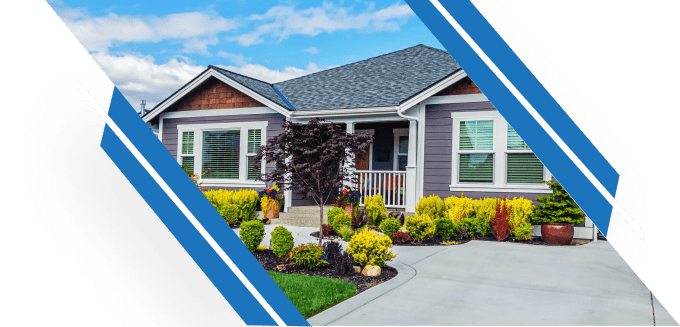Getting a new roof installed is a significant investment in your home’s protection and value. However, the work doesn’t end when the roofing crew packs up their tools and leaves your property. Post-roof installation tasks are crucial for ensuring your new roofing system performs as expected and lasts for decades to come.
Many homeowners mistakenly believe their responsibilities end once the final shingle is in place. The reality is that several important steps must be completed after installation to protect your investment and avoid potential problems down the road. These post-installation maintenance activities can spot issues early while setting the foundation for long-term roof care.
Site cleanup, final roof inspection procedures, and understanding your new roof care requirements are all necessary before the project is considered complete. Taking the right actions immediately after installation helps ensure warranty coverage remains intact and prevents the need for repairs in the coming months.
The timeline for completing these essential tasks typically spans several weeks after installation, with some responsibilities extending into ongoing maintenance routines. Understanding what needs to happen and when creates a clear path forward for homeowners who want to maximize their roofing investment and keep their property protected.
Thorough Site Cleanup and Debris Management
Effective roof installation cleanup is the systematic removal of all construction materials from your property once the roofing work is complete. Roofing debris, including old shingles, damaged underlayment, and metal flashing, can be scattered across your property during the installation process. Professional contractors should conduct cleanup as part of their roofing project completion protocol.
The cleanup process begins with removing large debris pieces from the roof surfaces and gutters. Workers must carefully inspect all areas where materials could have fallen, including flower beds, walkways, and lawn areas. Nails and small metal fragments pose particular safety hazards that require extra attention during your post-roof installation inspection.
It is also important to check driveways, patios, and yard spaces using magnetic tools to locate stray nails and metal debris. These items can cause tire damage, injury to people and pets, and damage to lawn equipment if left behind. The final roof inspection should include verifying that all debris has been removed properly.
Gutters and downspouts need special attention during cleanup because roofing materials frequently accumulate in these areas. Proper debris management includes clearing all drainage systems to ensure water flows correctly from your new roofing system. This attention to detail helps establish future maintenance routines and protects your investment from the start.
The Comprehensive Final Inspection Process
The final inspection is one of the most critical post-roof installation tasks that determines whether your roofing project meets industry standards. This detailed examination should occur with your contractor present to evaluate workmanship quality, installation techniques, and adherence to building codes. The final roof inspection provides an opportunity to identify any deficiencies before the roofing project is officially completed.
During the walkthrough, examine flashing around chimneys, vents, and roof pipes to ensure proper sealing and water diversion. Check that shingles are aligned, adequately secured, and free from damage or debris. Gutters should be fastened with an appropriate slope for drainage, while downspouts must be securely connected and direct water away from the foundation.
After inspecting the completed roof, the next step is to ensure that all work complies with manufacturer specifications and local building codes. Request copies of permits, inspection certificates, and warranty documentation as part of your new roof record-keeping. The contractor should provide material specification sheets and installation photos that demonstrate that proper techniques were followed throughout the project. This should be evident in consistent exposure measurements, straight lines, and secure fastening patterns.
Any concerns identified during this inspection must be addressed before the final payment is given. This thorough evaluation establishes the foundation for effective post-installation maintenance and ensures your investment provides the expected protection and longevity.
Project Documentation and Warranties
As mentioned in the previous section, collecting all the documentation is another important post-roof installation task that protects your investment and ensures proper warranty coverage. Essential paperwork includes building permits, inspection certificates, material certifications, and manufacturer warranties that verify your roofing project meets all legal and industry requirements. These documents serve as proof of proper installation methods and quality materials for insurance claims and future reference.
Warranty documentation should be carefully organized since roofing systems typically include multiple types of coverage. Material warranties from manufacturers cover defects in shingles, underlayment, and other components, while workmanship warranties from contractors protect against installation errors. Understanding the terms, duration, and requirements of each warranty helps keep coverage valid throughout the life of your roof.
Material certifications provide detailed specifications for all components used during installation, including fire ratings, wind resistance values, and energy efficiency ratings. These documents support insurance claims and demonstrate compliance with local building codes. Properly storing this documentation protects these important records from damage and ensures easy access when needed for roof assessments or future maintenance work.
The final payment should align with the completion of all punch list items and verification that documentation is complete and accurate. Any remaining adjustments or minor issues must be resolved before releasing the final payment. This approach ensures accountability and maintains leverage for addressing concerns that may arise during the final roof inspection process, supporting effective new roof care from the beginning.
Immediate Post-Installation Maintenance
Post-installation maintenance begins within days of roofing project completion and requires close attention during the first month when new materials settle into place. This critical period allows homeowners to identify potential installation issues before they develop into significant problems. Early detection through structured maintenance routines protects warranty coverage and prevents expensive repairs that could compromise your investment in a new roof.
The initial maintenance phase focuses on monitoring how your new roofing system responds to weather conditions, temperature changes, and normal settling processes. Materials naturally expand and contract during this period, making careful observation essential for identifying loose fasteners, shifting components, or drainage issues that need attention.
First-month inspection activities should follow a systematic checklist that examines all roofing components, including shingles, flashing, gutters, and ventilation systems. These post-roof installation tasks help establish baseline conditions for ongoing maintenance while ensuring optimal performance from your complete roofing system.
The weather during this initial period provides opportunities to evaluate system performance under real conditions. Rain, wind, and temperature fluctuations reveal how effectively your new roof handles moisture, structural stress, and thermal movement. Addressing any deficiencies discovered during this window helps prevent warranty voidance and maintains the integrity of your investment.
Professional roofing contractors often schedule follow-up visits during this period to verify that all systems are functioning properly and address any settling issues that may arise. This collaborative approach between homeowner and contractor establishes the foundation for long-term maintenance.
Long-Term Care Strategies for Maximum Roof Longevity
Having a long-term maintenance approach ensures your new roof delivers maximum performance and lifespan potential. Effective post-installation maintenance extends beyond the initial settling period and requires consistent attention throughout seasonal changes and weather cycles. Professional care combined with homeowner vigilance creates the optimal environment for preserving the roofing system over time.
Seasonal maintenance routines that include inspections prevent small issues from worsening. Fall inspections focus on assessing damage from the intense summer weather, while spring preparations help systems withstand upcoming severe storms. These scheduled evaluations identify loose fasteners, damaged materials, and drainage problems before they compromise structural integrity or create leaks.
Professional maintenance recommendations typically include annual inspections by qualified roofing contractors who possess the expertise and equipment necessary for a comprehensive system evaluation. These specialists can identify subtle changes in roofing conditions that untrained observers might miss, including early signs of material deterioration, flashing separation, or ventilation system problems that affect overall performance.
Documenting maintenance activities supports warranty requirements while creating valuable historical records that track system performance over time. Regular maintenance logs help track patterns of wear, predict future service needs, and demonstrate proper care when warranty claims or insurance issues arise. This approach to new roof care transforms post-installation tasks into manageable routines that protect your investment and maintain optimal home protection throughout the roofing system’s expected lifespan.
Protecting Your Investment Through Proper Roof Care
Safeguarding your new roofing system requires understanding warranty conditions and implementing appropriate care strategies that preserve both coverage and system integrity. Many warranty claims are denied due to homeowner actions that inadvertently violate manufacturer terms or damage newly installed components. Common warranty-voiding mistakes include using pressure washers on shingles, installing unauthorized equipment, and applying incompatible cleaning products that degrade roofing materials.
Improper cleaning techniques are one of the leading causes of premature roofing system failure and warranty voidance. Power washing can strip granules from asphalt shingles, force water under protective barriers, and damage flashing seals around vents and chimneys. Chemical cleaning products not approved by manufacturers may cause material degradation, discoloration, or accelerated aging that compromises system performance and eliminates warranty protection.
Unauthorized modifications such as satellite dish installations, solar panel additions, or ventilation system changes can also void coverage when performed without proper permits and manufacturer-approved methods. These alterations often create penetration points that compromise the roof’s waterproofing integrity and introduce failure risks not covered by standard warranties. Any equipment installations should follow manufacturer specifications and utilize qualified contractors familiar with warranty requirements.
Tampa’s subtropical climate needs specific protection strategies, including preparation for hurricane seasons, managing humidity-related issues, and addressing rapid temperature fluctuations. Regularly inspecting flashing systems, ventilation components, and drainage elements helps identify climate-related stress before it creates system failure. Post-installation maintenance combined with climate-appropriate care techniques ensures your roofing investment provides optimal protection while maintaining full warranty coverage throughout its expected service life.
Trust Your Roof to SouthShore Roofing & Exteriors
After your new roof installation, taking the right steps can significantly extend its life and maximize your investment. SouthShore Roofing & Exteriors is committed to helping you every step of the way. Start by scheduling a final roof inspection to ensure everything meets the highest standards, and remember, proper cleanup and debris management are crucial to safeguard your property and loved ones.
It’s also important to maintain your roof regularly and check for any potential problems within the first month to prevent minor installation issues from going unchecked and ensure your roof is prepared to handle Tampa’s weather. Have questions about post-installation maintenance or need to schedule a follow-up service? Call SouthShore Roofing & Exteriors today at (813) 400-3329 and ensure your roof remains in prime condition year-round.







